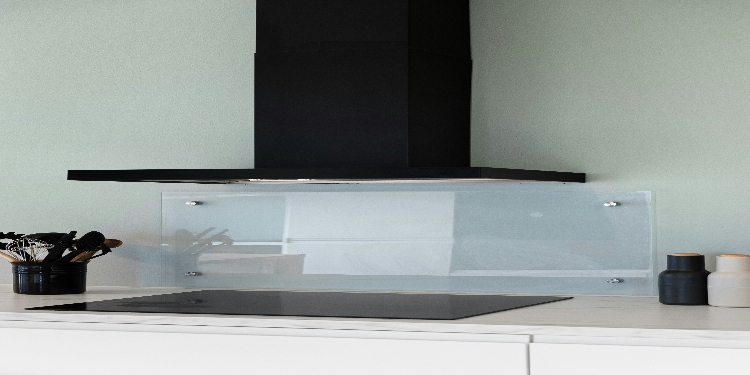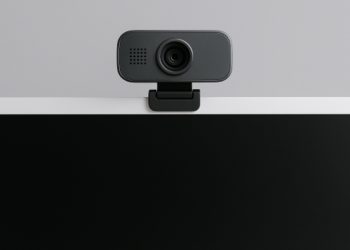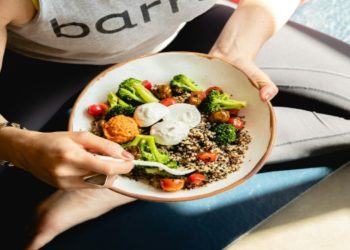In interior design, every decision holds the power to transform a space. From furniture choices to colour palettes, each element contributes to the overall aesthetic and functionality of a room. When it comes to kitchens, a vital area in any home, the choice of a kitchen splashbacks can play a pivotal role. Among the myriad of options available, glass splashback has been gaining popularity for its sleek appearance and practical benefits. This blog post will explore the pros and cons of opting for a glass splashback, helping you decide whether it’s a good idea for your kitchen.
The Aesthetic Appeal:
One of the primary reasons homeowners are drawn to glass splashbacks is their aesthetic appeal. Glass has an innate ability to create a sense of openness and brightness, making even the smallest kitchens feel more spacious. The reflective surface of the glass adds a modern and stylish touch to the overall design, creating a sleek and polished look. The versatility of glass allows it to seamlessly integrate into various kitchen styles, from minimalist and contemporary to traditional and eclectic.
Ease of Cleaning:
One undeniable advantage of glass splashbacks is their ease of cleaning. Maintaining hygiene is crucial in a space prone to splatters and spills. Glass surfaces are smooth and non-porous, making them resistant to stains and easy to wipe clean. Unlike traditional tile grout, which can trap dirt and grease over time, a glass splashback requires minimal effort to keep pristine. A simple wipe with a damp cloth or a glass cleaner is often sufficient to restore its shine, making it an ideal choice for those who value aesthetics and practicality in their kitchen.
Colour Options and Customization:
Another compelling feature of glass splashbacks is the extensive range of colour options and customisation possibilities. Homeowners can choose from a vast palette to match their kitchen’s existing colour scheme or create a focal point with a bold, contrasting hue. Customising the size and shape of the glass panels adds a layer of personalisation, allowing you to tailor the splashback to fit your kitchen layout and design preferences. This flexibility in design is a significant advantage for those seeking a unique and tailored look for their kitchen space.
Durability and Longevity:
Contrary to common misconceptions, glass splashbacks are remarkably durable. Tempered glass, the most commonly used type for such applications, is heat-resistant and less prone to breakage than regular glass. Its toughness makes it a reliable choice for areas exposed to the heat and activity of a kitchen. Furthermore, glass is resistant to fading, ensuring that the vibrant colours of your splashback will endure over time. When properly installed and maintained, a glass splashback can be a long-lasting and resilient addition to your kitchen.
Installation Challenges:
While glass splashbacks have numerous benefits, it’s essential to acknowledge the potential challenges, with installation being a key consideration. Installing glass requires precision and expertise to ensure a seamless fit and proper adhesion to the wall. Improper installation can lead to visual imperfections or even structural issues. Hiring a professional for the installation process is advisable to guarantee a flawless result. While the upfront cost may be higher than other splashback options, the long-term benefits often outweigh the initial investment.
Prone to Scratches:
While glass is generally resilient, it is not entirely impervious to scratches. Care should be taken to avoid using abrasive materials when cleaning the splashback, as this can cause fine scratches over time. While these scratches may not be immediately noticeable, they can accumulate and affect the overall appearance of the glass. Being mindful of the cleaning materials used can help preserve the pristine look of your glass splashback.
Conclusion:
In conclusion, choosing a glass splashback in your kitchen depends on your priorities and preferences. If you value a modern, sleek aesthetic, easy maintenance, and a wide range of design options, a glass splashback may be an excellent choice. The durability and customisation possibilities make it a versatile and attractive addition to any kitchen. However, it’s essential to consider the installation process and the potential for scratches, weighing the benefits against the challenges. Ultimately, a glass splashback can be a good idea for those who prioritise both form and function in their kitchen design.












































































